There have been discussions about neonicotinoids, poor nutrition, Nosema, and mysterious viruses causing bee colony collapse disorder (CCD). Now plant pathologist Dr. Don Huber has pointed a finger at glyphosate as a possible cause of CCD in a paper written for the Center for Honeybee Research.
Find the Full Paper Here:
https://www.gmoevidence.com/wp-content/uploads/2013/08/BeesYet_Another_Suspect_in_CCD_2_.pdf
Author: Dr. Don Huber
Introduction:
Bee colony collapse disorder (CCD) is a growing threat to the efficient production of fruits, vegetables and nut crops, in addition to the critical role of bees as pollinators for numerous seed crops (Neumann and Carreck, 2009; Wines, 2013). CCD is characterized as a loss of adult (worker) bees from the hive that leaves the queen and immature bees (brood) inadequately attended even though there is adequate honey and other food present (van Engelsdorp et al, 2006; Wikipedia, 2013). The etiology (reason) of CCD is listed as unknown (NFIC, 2013) although neonicotinamid insecticides have been implicated in several studies through disruption of the endocrine hormone system (van Engelsdorp et al, 2006; Tapparo et al, 2012; Wikipedia, 2013) that causes bees to become disoriented and fail to return to the hive (NPIC, 2013).
Acute poisoning and disease leaving dead bees in and around the hive can generally be ruled out, although there is sometimes an increased incidence of Nosema and European foul brood (EFB) in stressed colonies that could be contributing factors in some cases (Pettis et al, 2012). Mineral nutritional deficiency is also suspected as a contributing stress factor in CCD (Ahmed, 2012) and malnutrition is the only universal condition found in all cases of CCD even though there is honey and bee-bread generally in the hive. This could be because of toxicity to the Lactobacillus and Bifobacterium species in the honey crop that digest the nectar and render the honey and bee-bread digestible (Ahmed, 2012).
Perhaps a more problematic cause of CCD has been over looked even though it is the most indiscriminately and extensively used chemical in agriculture and the environment. This organic phosphonate chemical that has been overlooked is the estimated 880 million pounds of the popular, broad-spectrum, systemic herbicide glyphosate (also marketed as Roundup®) used for broadcast weed control in general right-of-ways, home gardens, crop production, fallow fields, understory weed control in groves, vineyards, orchards, and parks; and for aquatic weed control in ponds and lakes. It is almost universally used on millions of acres of Roundup Ready® alfalfa, canola, corn, cotton, soybeans and sugar beets. An additional, more recent use has been as a crop desiccant prior to harvest for barley, beans, peas, peanuts, sugar cane, wheat, and for late season weed control in other crops.
These uses have created an extensive exposure level throughout the year with especially high concentrations in plants, air, water and soil during primary bee foraging periods. The exposure, physiological damage, and biological impact of glyphosate are consistent with all of the known conditions related to CCD as shown in Table 1 (see in full paper). Of all of the potential individual factors implicated in CCD, glyphosate is the only compound extensively used world-wide where CCD occurs that impacts all of them. That compound, again, is the patented mineral chelator (USPTO, 1964), herbicide, and antibiotic (USPTO, 2000), glyphosate. New studies refer to this compound as the most biologically disruptive chemical in our environment (Samsel and Seneff, 2013). (E. Note: Samsel and Seneff is worth reading the abstract on the link. You can download the entire PDF, which goes into the modern diseases glyphosate is creating.)





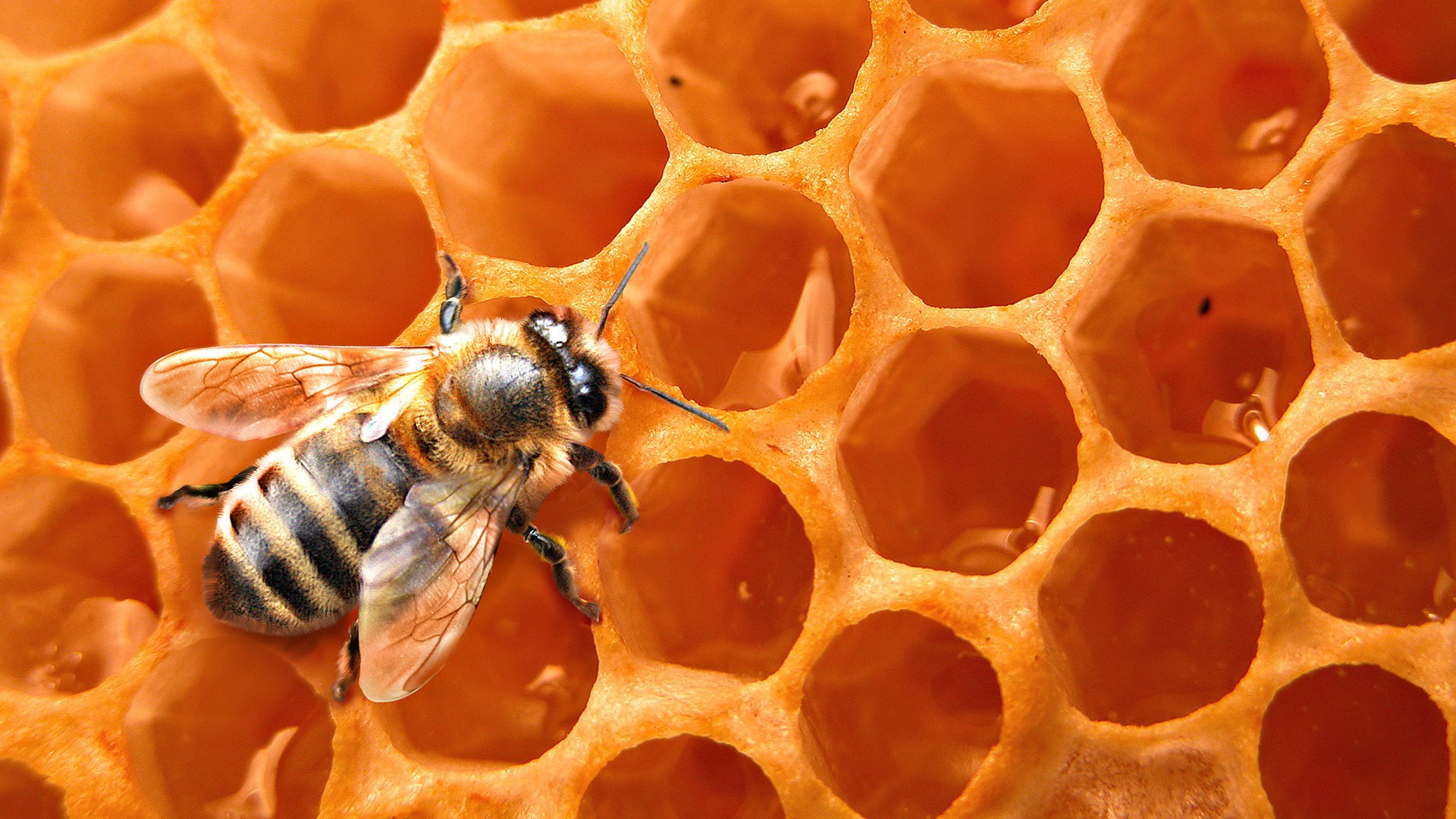
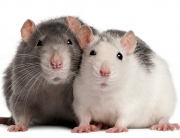


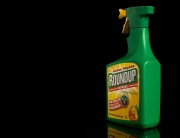





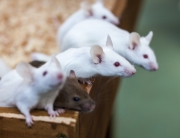


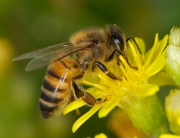





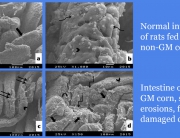



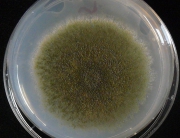
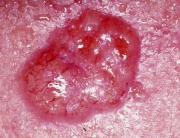
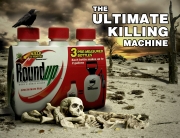
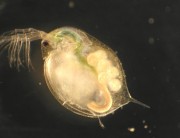

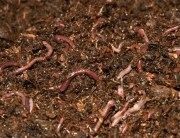
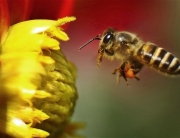



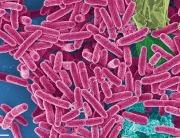
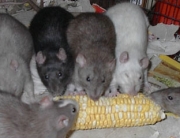



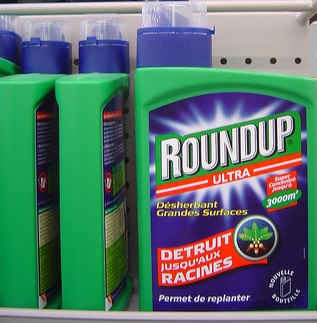
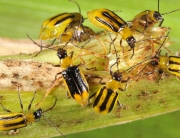
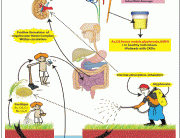
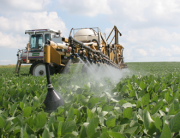
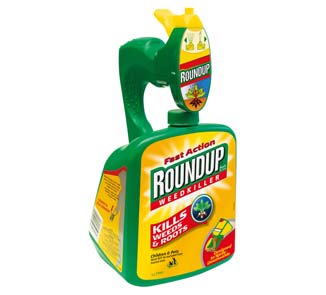
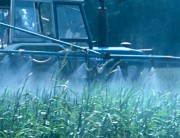
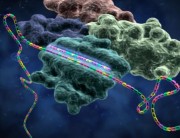
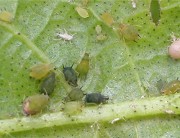

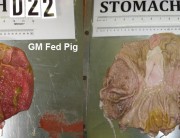
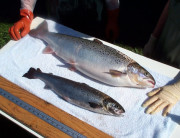
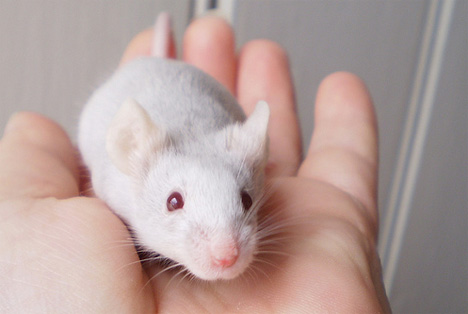
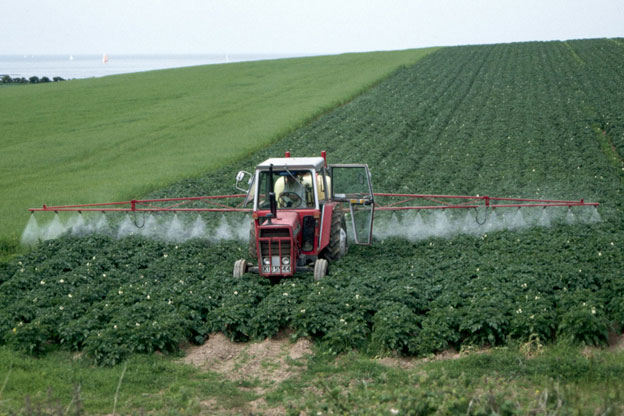


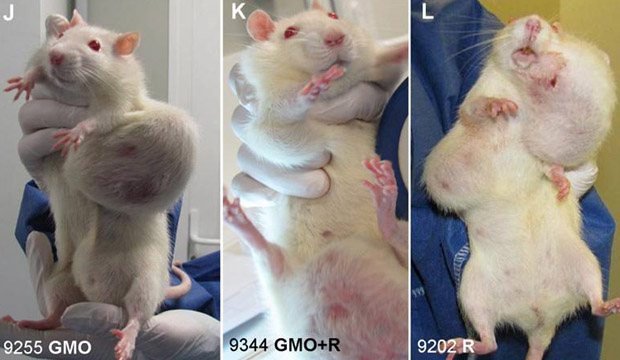
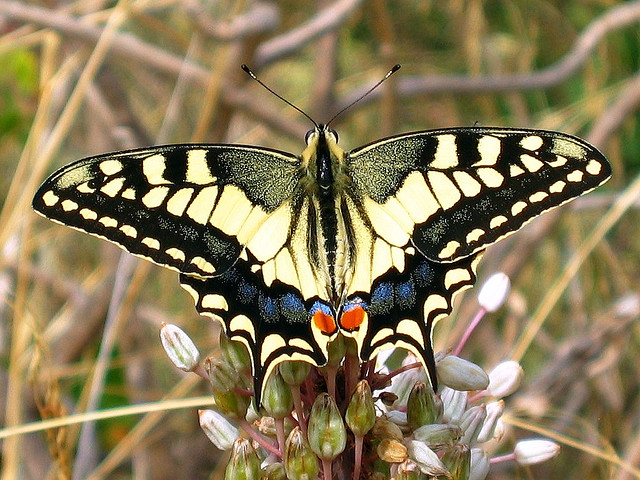
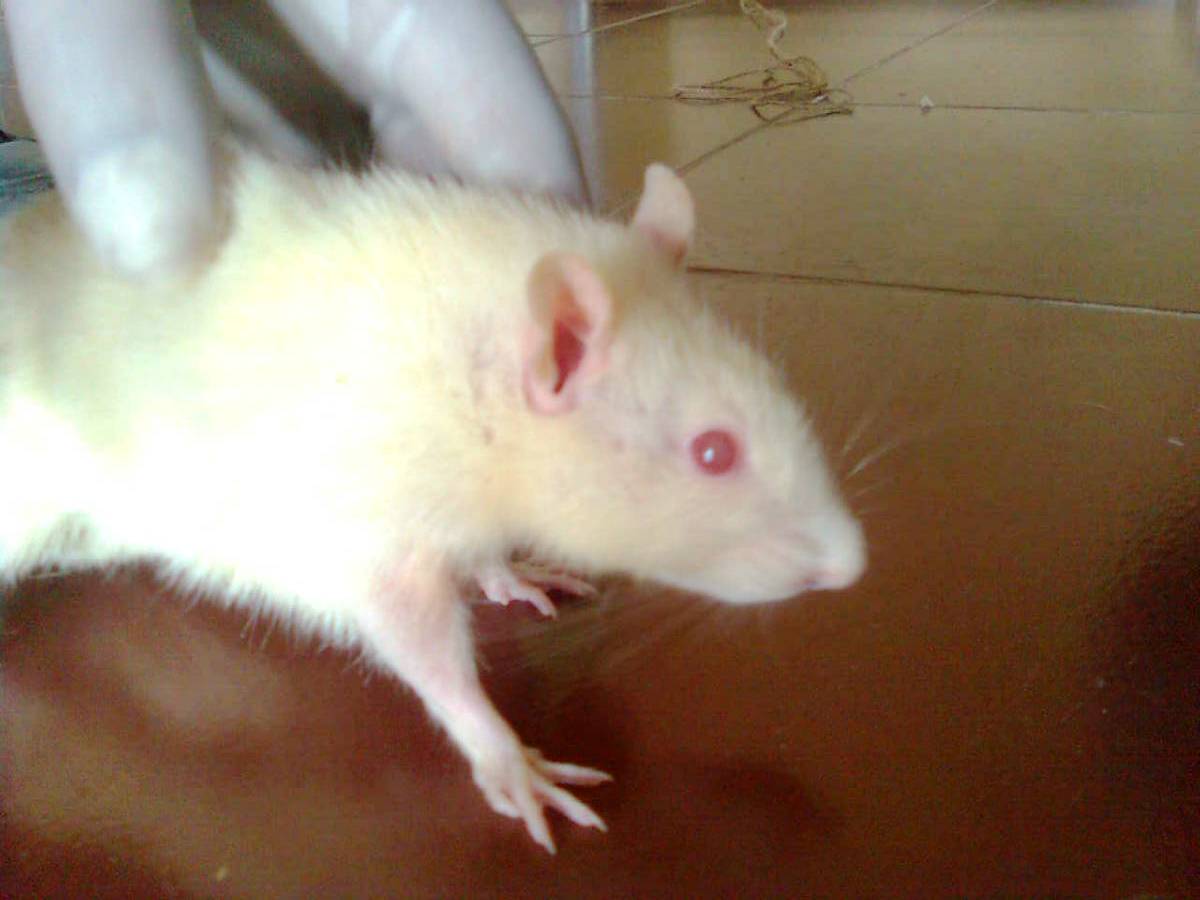

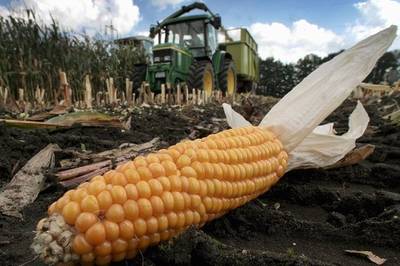
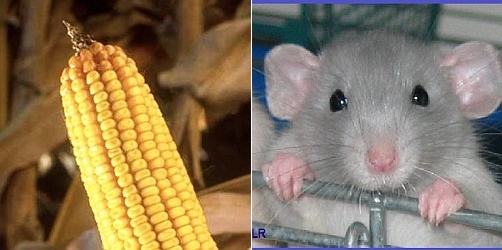
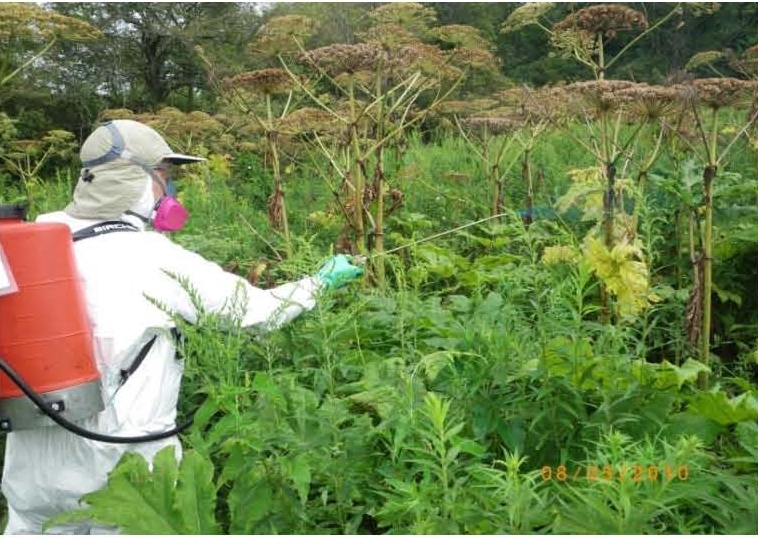


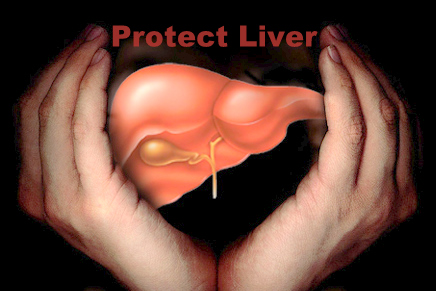
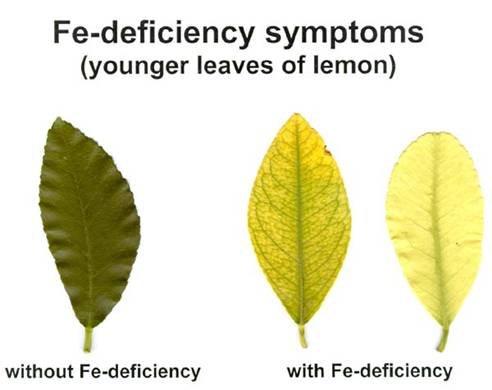
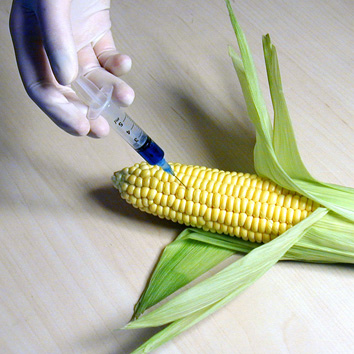
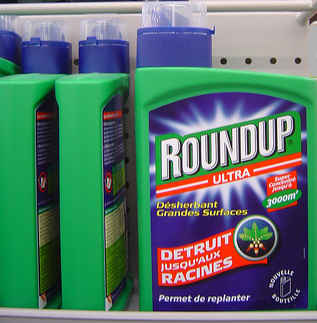
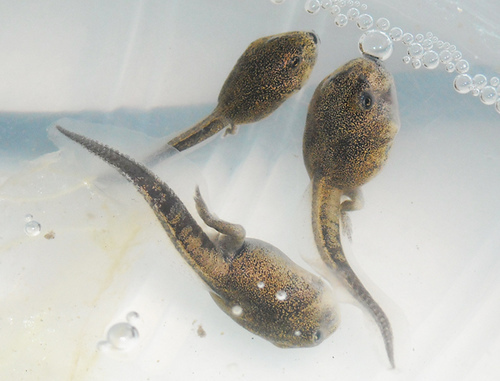
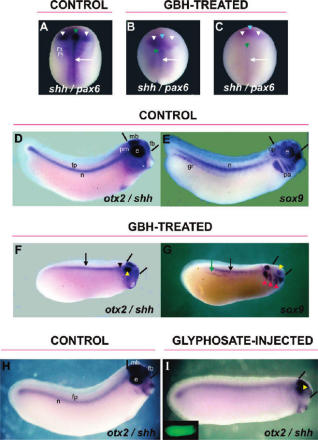




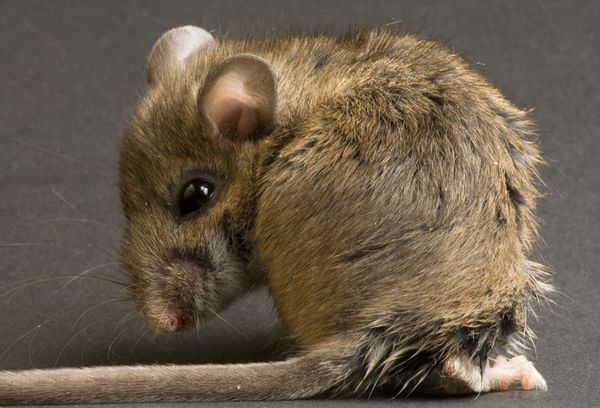
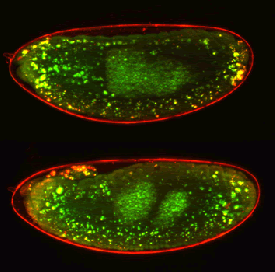
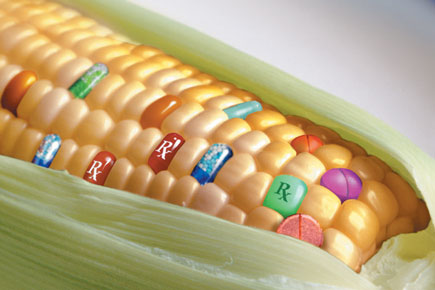



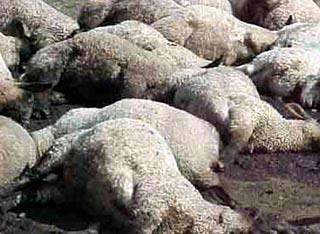
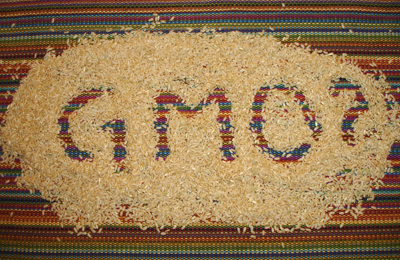
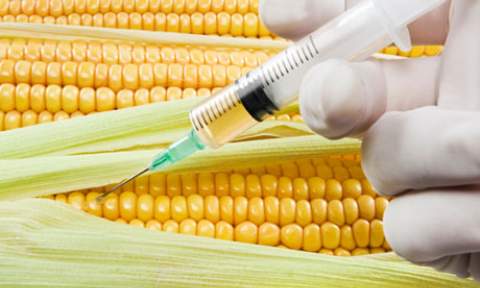
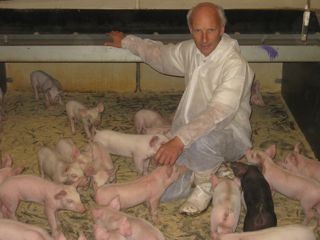
Dr. Huber’s report on bees has been corrupted by Monsanto.
Open this url and you will see what I mean.
https://www.gmoevidence.com/wp-content/uploads/2013/08/BeesYet_Another_Suspect_in_CCD_2_.pdf